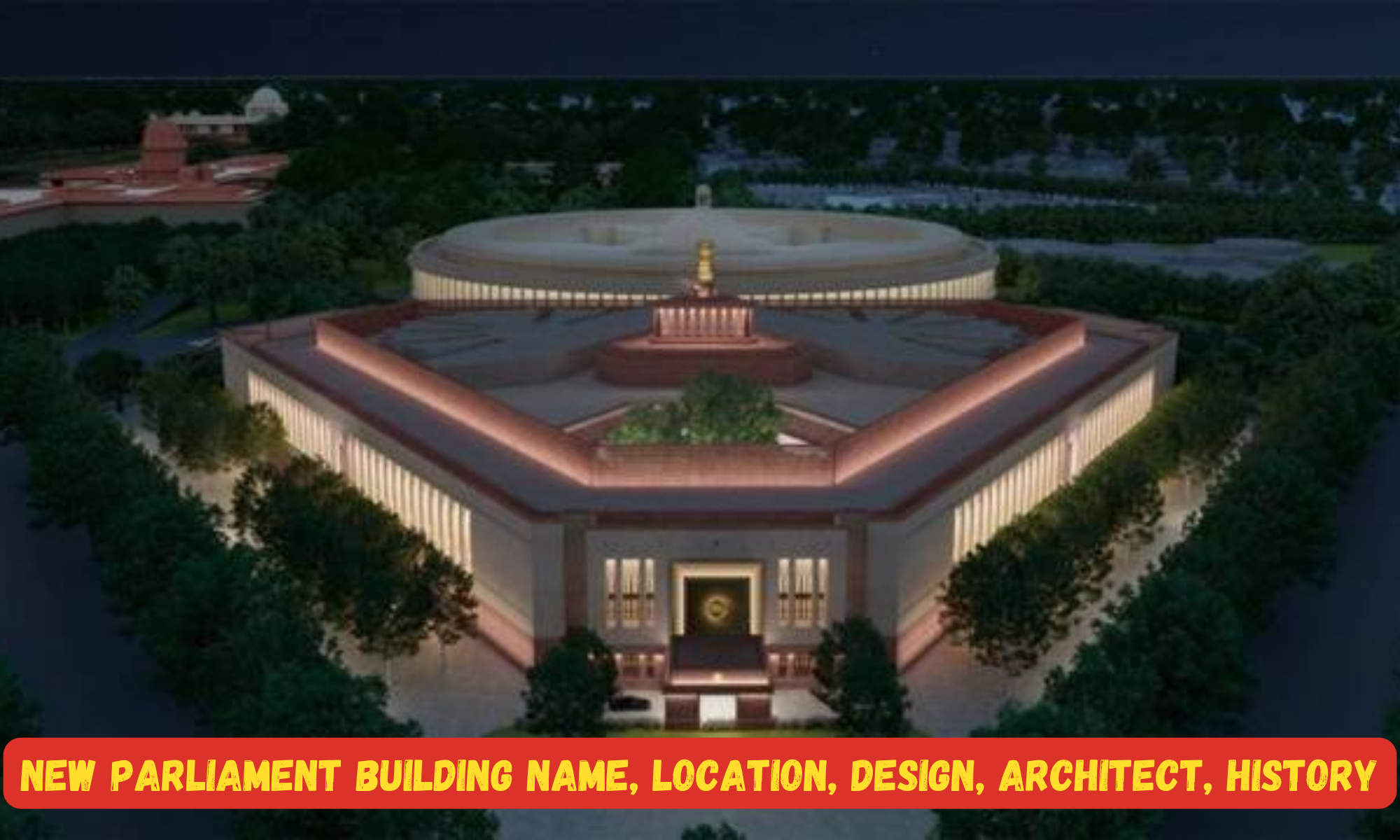New Parliament Building Name
The Parliament House in New Delhi, also known as Sansad Bhavan, serves as the official venue for the Parliament of India. It accommodates the Lok Sabha and the Rajya Sabha, which represent the lower and upper houses, respectively, in India’s two-chambered parliament.
Buy Prime Test Series for all Banking, SSC, Insurance & other exams
New Parliament Building Location
As part of the Central Vista Redevelopment Project in India, a new parliament building was constructed in New Delhi. On 28th May 2023, Prime Minister Narendra Modi inaugurated this new building.
The parliament building is situated on Sansad Marg, which intersects the Central Vista area. It is surrounded by various prominent landmarks, including the Old Parliament House, Vijay Chowk, India Gate, National War Memorial, Vice President’s House, Hyderabad House, Secretariat Building, Prime Minister’s Office and residence, ministerial buildings, and other administrative units of the Indian government.
New Parliament Building History
In the early 2010s, concerns about the stability of the current parliament building led to proposals for a new one. Speaker Meira Kumar established a committee in 2012 to explore alternative options to replace the existing complex. The old building, which is 93 years old, faced issues such as insufficient space for parliament members and their staff, and modifications that compromised its structural integrity as it was not earthquake-resistant. However, due to its significance to India’s national heritage, measures are being taken to preserve the building.
New Parliament Building Architect
The previous parliament building constructed in 1927 was heavily influenced by the Hindu Yogini Temple at Mitaoli. It was designed by British architects Sir Edwin Lutyens and Sir Herbert Baker between 1912 and 1913, and completed in 1927.
According to Bimal Patel, the architect overseeing the redesign of Central Vista, the new complex will have a hexagonal shape and will be located adjacent to the current complex. It will be nearly identical in size to the previous one.
New Parliament Building Design
- The new building is planned to have a lifespan of over 150 years.
- It is designed to withstand earthquakes and will incorporate architectural styles from various regions of India.
- The Lok Sabha and Rajya Sabha chambers will have larger seating capacities to accommodate potential future increases in the number of Members of Parliament due to population growth and future delimitation.
- The new complex will feature 888 seats in the Lok Sabha chamber and 384 seats in the Rajya Sabha chamber.
- Unlike the old parliament building, it will not have a central hall.
- The Lok Sabha chamber will be capable of accommodating 1,272 members in the event of a joint session.
- The rest of the building will consist of four floors with offices for ministers and committee rooms.
- The new building will have a total built area of 20,866 square metres (224,600 sq ft), including a 2,000 square metre (22,000 sq ft) open-sky area for a banyan tree.
This makes it approximately 10% smaller in size compared to the existing circular building, which spans 22,900 square metres (246,000 sq ft) with a diameter of 170.7 metres (560 ft) and includes a 6,060 square metre (65,200 sq ft) open-sky area divided into three sectors.
The Parliament House will have three entrances: Gyan Dwar (knowledge gate), Shakti Dwar (power gate), and Karma Dwar (karma gate).
New Parliament Building Inauguration
Prime Minister Narendra Modi formally opened India’s new parliament building on May 28, 2023, amidst widespread protests and boycotts. The day started with Mr. Modi revealing a plaque that symbolized the dedication of the building to the nation. He also delivered a speech to a gathering of legislators.
A historically significant gold sceptre known as the sengol was placed in the new parliament building as part of the inauguration. The opposition parties chose to largely refrain from attending the event, stating their preference for the president to perform the opening ceremony instead of Mr. Modi.
New Parliament Building Timeline of Construction
- In September 2019, the Indian government conceived the master plan for the redevelopment of Central Vista Avenue.
- In September 2020, Tata Projects Ltd was awarded the contract worth ₹862 crores by the CPWD to construct the new parliament building.
- In October 2020, HCP Design Planning and Management Pvt Ltd, based in Ahmedabad, won the architectural consultancy work.
- On December 10, 2020, Prime Minister Narendra Modi laid the foundation stone of the new parliament building.
- On July 11, 2022, Prime Minister Modi unveiled the statue of the national emblem on top of the new Parliament building.
- By August 28, 2022, the main structure of the new Parliament was completed. Construction was fully completed on May 20, 2023.
- Finally, on May 28, 2023, Prime Minister Narendra Modi inaugurated the new Parliament Building.
Also Read: Revised Guidelines for SPG: Special Force Safeguarding PM to be Led by ADG




 Weekly One Liners 15th to 21st of Decemb...
Weekly One Liners 15th to 21st of Decemb...
 World Basketball Day 2025 Celebrates Bas...
World Basketball Day 2025 Celebrates Bas...
 UN Celebrates Second World Meditation Da...
UN Celebrates Second World Meditation Da...







